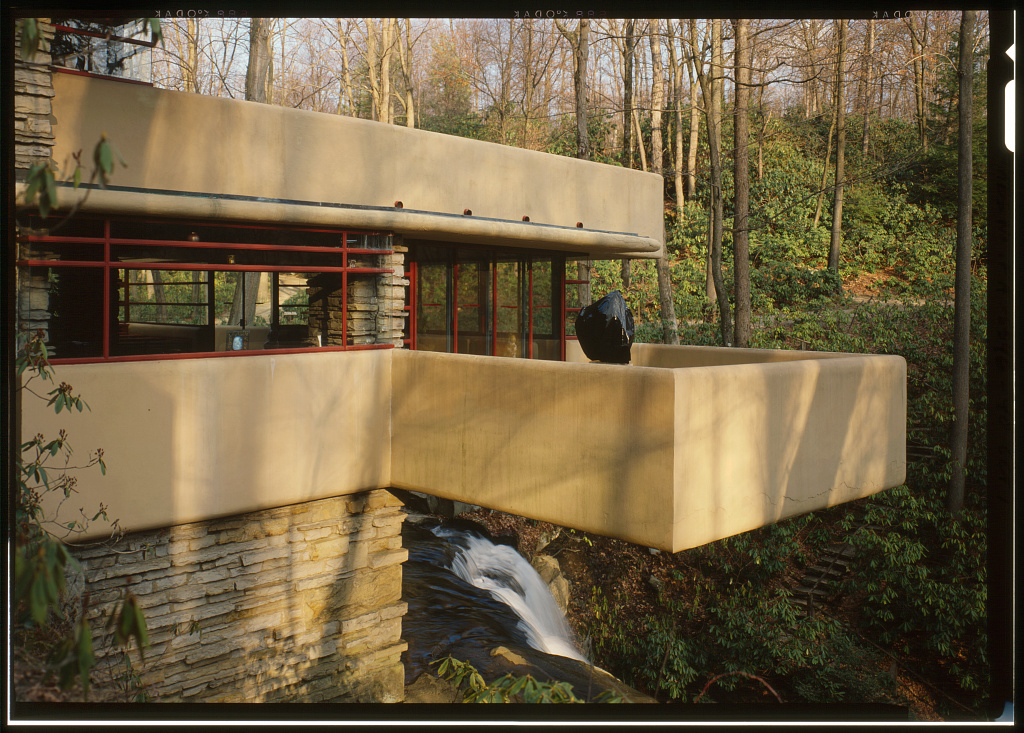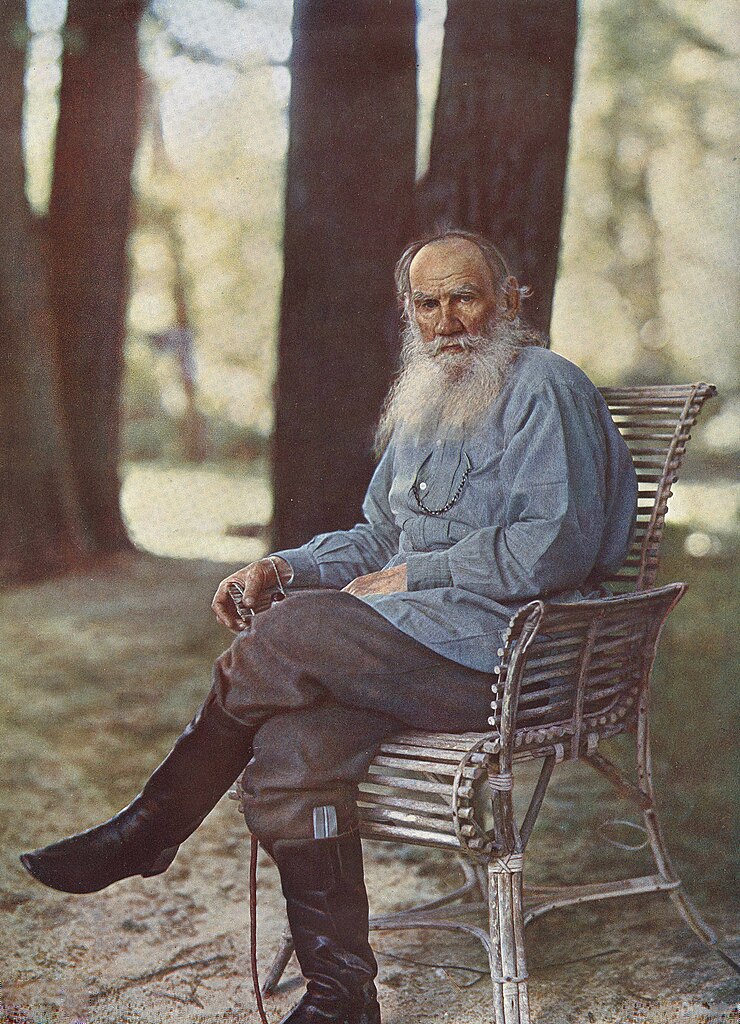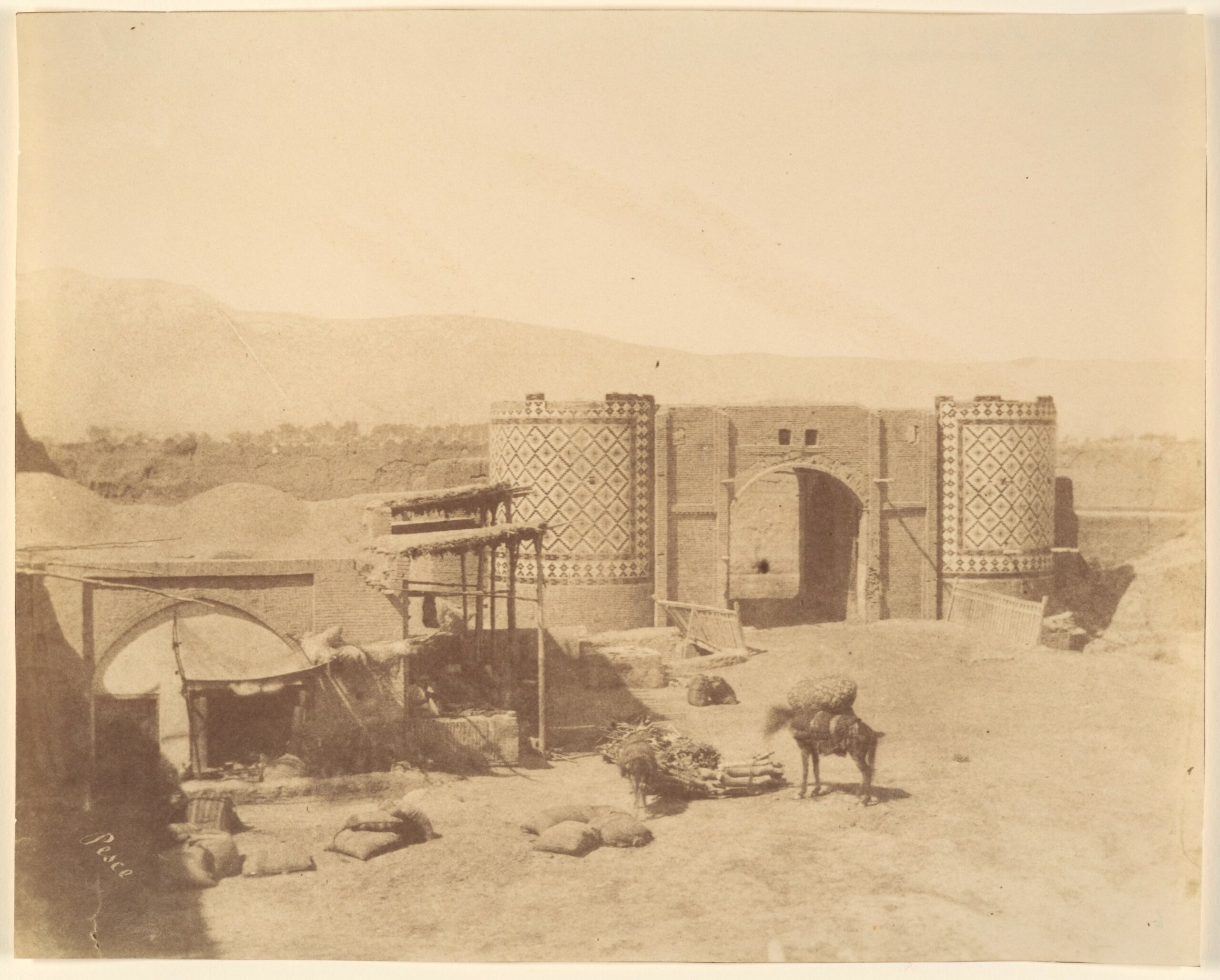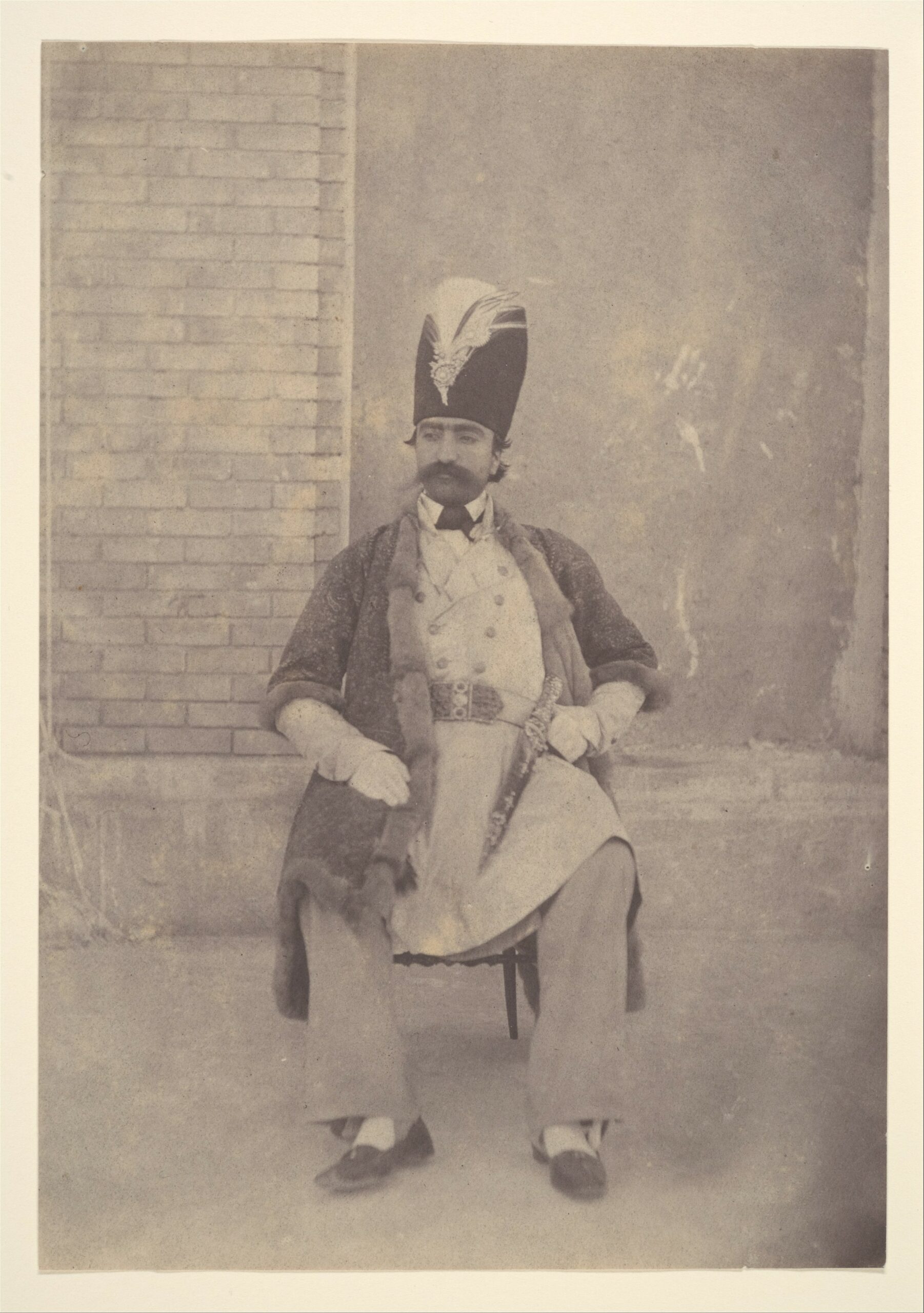If you go to hear Patti Smith in concert, you expect her to sing “Beneath the Southern Cross,” “Because the Night,” and almost certainly “People Have the Power,” the hit single from Dream of Life. Like her 1975 debut Horses, that album had a cover photo by Robert Mapplethorpe, whom Smith describes as “the artist of my life” in Just Kids, her memoir of their long and complex relationship. A highly personal work, that book also includes the text of the brief but powerful goodbye letter she wrote to Mapplethorpe, who died of AIDS in 1989. If you go to hear Smith read a letter aloud, there’s a decent chance it’ll be that one.
“Often as I lie awake I wonder if you are also lying awake,” Smith wrote to Mapplethorpe, then in his final hospitalization and already unable to receive any further communication. “Are you in pain, or feeling alone? You drew me from the darkest period of my young life, sharing with me the sacred mystery of what it is to be an artist. I learned to see through you and never compose a line or draw a curve that does not come from the knowledge I derived in our precious time together. Your work, coming from a fluid source, can be traced to the naked song of your youth. You spoke then of holding hands with God. Remember, through everything, you have always held that hand. Grip it hard, Robert, and don’t let it go.”
Smith speaks these words in the Letters Live video at the top of the post, shot just a few weeks ago in The Town Hall in Manhattan. “Of all your work, you are still your most beautiful,” she reads, “the most beautiful work of all,” and it’s clear that, 35 years after Mapplethorpe’s death, she still believes it. That may come across even more clearly than in Smith’s earlier reading of the letter featured here on Open Culture back in 2012. As the years pass, Robert Mapplethorpe remains frozen in time as a culturally transgressive young artist, but Patti Smith lives on, still playing the rock songs that made her name in the seventies while in her seventies. And unlike many cultural figures at her level of fame, she’s remained wholly herself all the while — no doubt thanks to inspiration from her old friend.
Related content:
Patti Smith Remembers Robert Mapplethorpe
Patti Smith’s Award-Winning Memoir Just Kids Now Available in a New Illustrated Edition
Based in Seoul, Colin Marshall writes and broadcasts on cities, language, and culture. His projects include the Substack newsletter Books on Cities and the book The Stateless City: a Walk through 21st-Century Los Angeles. Follow him on Twitter at @colinmarshall or on Facebook.


























